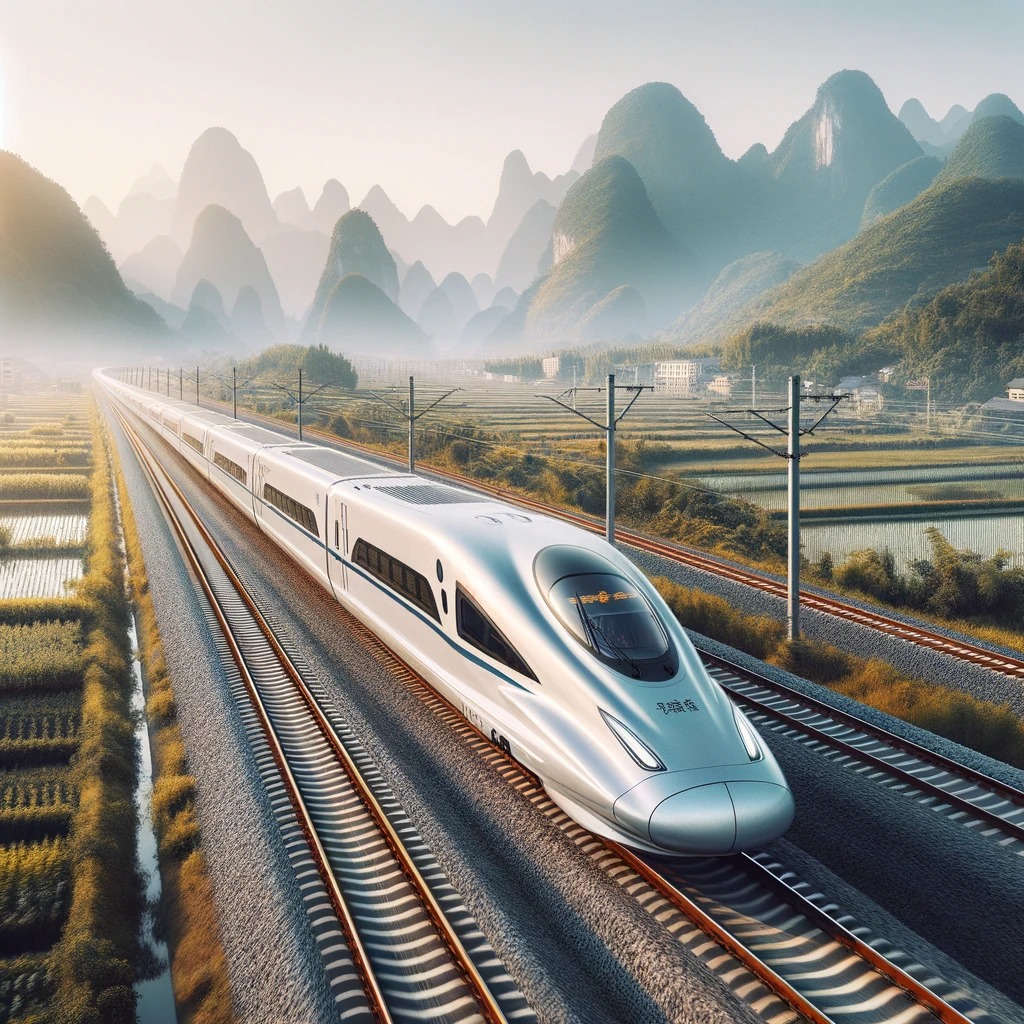China’s latest technological developments reflect its ambition and commitment to being a leader in the global tech landscape. From advancements in AI and 5G to significant strides in space exploration and renewable energy, China is making notable contributions across various sectors. These developments not only have a significant impact domestically but also present a description of China as a key player in shaping future technological trends worldwide. It is as diverse and fascinating as playing Bizzo.
- Artificial Intelligence (AI)
Innovation: China has made significant strides in AI, focusing on both research and practical applications.
Developments: Advancements in machine learning, natural language processing, and AI algorithms. Companies like Baidu, Alibaba, and Tencent lead in AI-based innovations.
- 5G Technology
Progress: Rapid deployment and expansion of 5G networks across the country.
Impact: China is one of the global leaders in 5G technology, which is crucial for future techs like IoT and smart cities.
- Quantum Computing
Research: Investments in quantum computing research are substantial, aiming to achieve breakthroughs in computational power.
Achievements: Development of quantum processors and progress towards building a quantum computer.
- Electric Vehicles (EVs) and Battery Technology
Growth: China is a significant market for electric vehicles and has made considerable progress in battery technology.
Companies: Companies like BYD and NIO are at the forefront of EV technology and battery innovation.
- Space Exploration
Missions: Successful missions like the Chang’e lunar exploration program and the Mars rover Zhurong.
Goals: Ambitious plans for space, including a modular space station and potential manned lunar missions.
- Renewable Energy Technology
Advancements: Leading the world in solar and wind energy production.
Innovations: Development of large-scale solar farms and advancements in wind turbine technology.
- E-Commerce and Digital Payments
Trend: Dominance in e-commerce platforms and digital payment solutions.
Platforms: Platforms like Alibaba, JD.com, and digital payment systems like Alipay and WeChat Pay are widely used.
- High-Speed Rail and Infrastructure
Expansion: Extensive high-speed rail network, one of the largest in the world.
Innovation: Development of new maglev train technology and infrastructure projects.
HIGH-SPEED RAILWAY IN CHINA
China’s high-speed railway represents a remarkable achievement in transportation technology, significantly impacting the nation’s economy, urban development, and connectivity. Its continued expansion and innovation demonstrate China’s commitment to modernizing its transportation infrastructure and its ambition to be a leader in high-speed rail technology globally.
Overview
Scale: China’s high-speed railway network is the largest in the world.
Development: Rapid expansion since the first line opened in 2008.
Key Features
Speed: Trains run at speeds up to 350 km/h (217 mph).
Technology: Incorporates advanced technologies for safety, efficiency, and comfort.
Network: Extensive network connecting major cities across the country.
Impact
Economic: Boosts economic growth and regional development.
Urbanization: Facilitates urbanization and eases population pressure on megacities.
Tourism: Increases accessibility to various regions, promoting tourism.
Innovations
Maglev Trains: Development of magnetic levitation (maglev) technology for even faster travel.
Fuxing Trains: Introduction of Fuxing Hao, which are domestically produced and among the fastest in the world.
Challenges and Future Prospects
Investment: A huge investment is required for maintenance and expansion.
Sustainability: Efforts to make the system more environmentally sustainable.
Global Influence: Plans to export high-speed rail technology globally.


